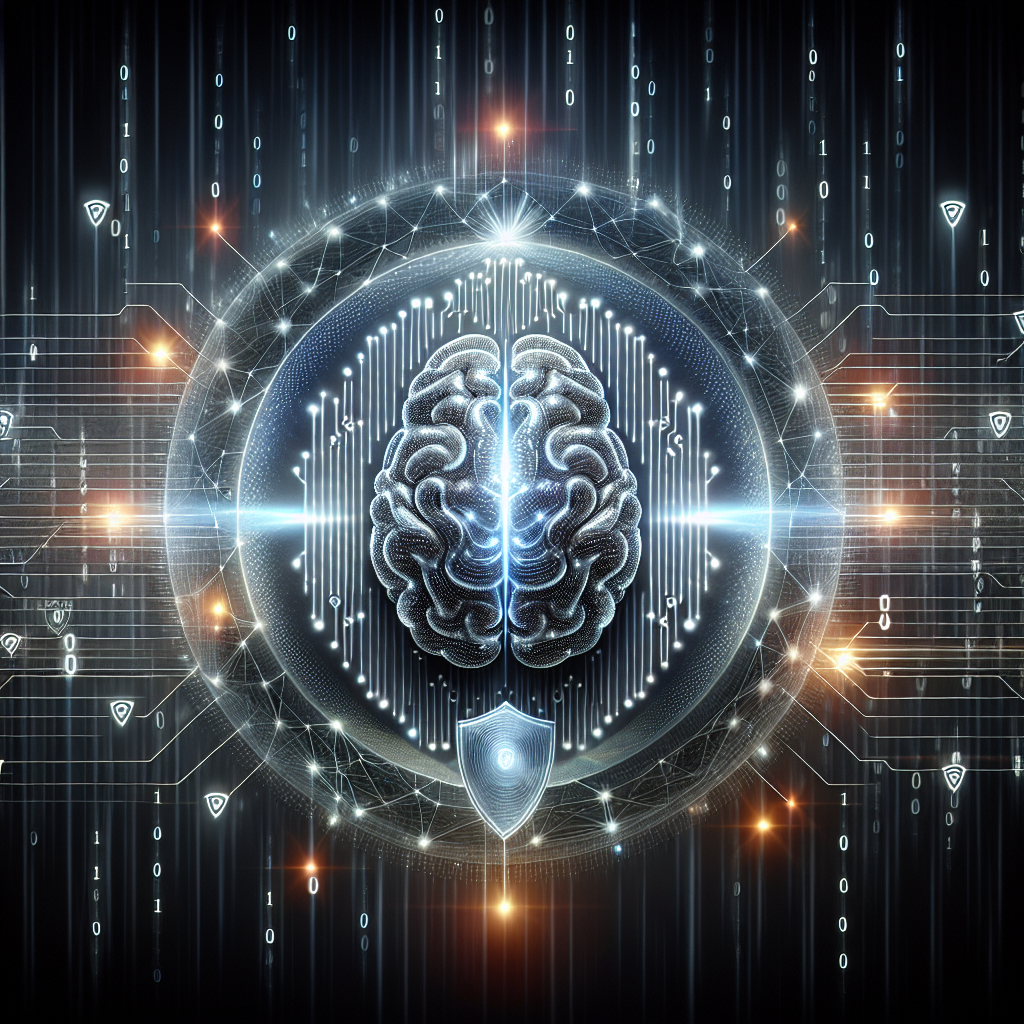In recent years, the rapid advancement of artificial intelligence (AI) technology has had a profound impact on various industries, including digital protection practices. As cyber threats continue to evolve and become more sophisticated, organizations are increasingly turning to AI to enhance their security measures and defend against potential threats. In this article, we will explore the impact of AI on the evolution of digital protection practices and discuss how this technology is transforming the way organizations safeguard their digital assets.
The Role of AI in Digital Protection
Artificial intelligence has revolutionized the way organizations approach digital protection by providing advanced capabilities for threat detection, analysis, and response. AI-powered security solutions can analyze vast amounts of data in real-time, identify patterns and anomalies, and predict potential security breaches before they occur. This enables organizations to proactively defend against cyber threats and respond to incidents more effectively.
One of the key areas where AI is making a significant impact is in threat detection. Traditional security measures rely on rule-based systems that are limited in their ability to detect new and evolving threats. AI, on the other hand, can analyze large volumes of data and identify complex patterns that may indicate a potential security threat. By using machine learning algorithms, AI can continuously learn and adapt to new threats, making it a powerful tool for detecting and mitigating security risks.
AI is also playing a crucial role in automating security processes and reducing the burden on security teams. With the increasing volume and complexity of cyber threats, it is becoming increasingly difficult for organizations to keep up with manual security practices. AI-powered security solutions can automate routine tasks such as threat detection, incident response, and vulnerability management, allowing security teams to focus on more strategic initiatives.
Another area where AI is transforming digital protection practices is in threat intelligence. AI can analyze and interpret threat intelligence data from various sources, such as threat feeds, logs, and network traffic, to identify potential security threats and vulnerabilities. By correlating and analyzing this data, AI can provide valuable insights into emerging threats and help organizations prioritize their security efforts.
Overall, AI is enabling organizations to take a more proactive and data-driven approach to digital protection. By harnessing the power of AI technology, organizations can enhance their security posture, improve threat detection and response capabilities, and mitigate the risks associated with cyber threats.
FAQs:
Q: How does AI improve threat detection in digital protection practices?
A: AI-powered security solutions can analyze vast amounts of data in real-time, identify patterns and anomalies, and predict potential security breaches before they occur. This enables organizations to proactively defend against cyber threats and respond to incidents more effectively.
Q: What are some of the benefits of using AI in digital protection practices?
A: Some of the benefits of using AI in digital protection practices include enhanced threat detection capabilities, automation of security processes, and improved threat intelligence analysis. AI can help organizations identify and mitigate security risks more effectively, reduce the burden on security teams, and stay ahead of evolving cyber threats.
Q: How can organizations implement AI in their digital protection practices?
A: Organizations can implement AI in their digital protection practices by deploying AI-powered security solutions, such as threat detection systems, incident response tools, and threat intelligence platforms. By integrating AI technology into their security infrastructure, organizations can enhance their security posture and defend against potential threats more effectively.
Q: What are some of the challenges of using AI in digital protection practices?
A: Some of the challenges of using AI in digital protection practices include the complexity of AI technology, the need for specialized skills and expertise, and the potential for false positives and false negatives. Organizations may also face challenges in integrating AI into their existing security infrastructure and ensuring the accuracy and reliability of AI-powered security solutions.

